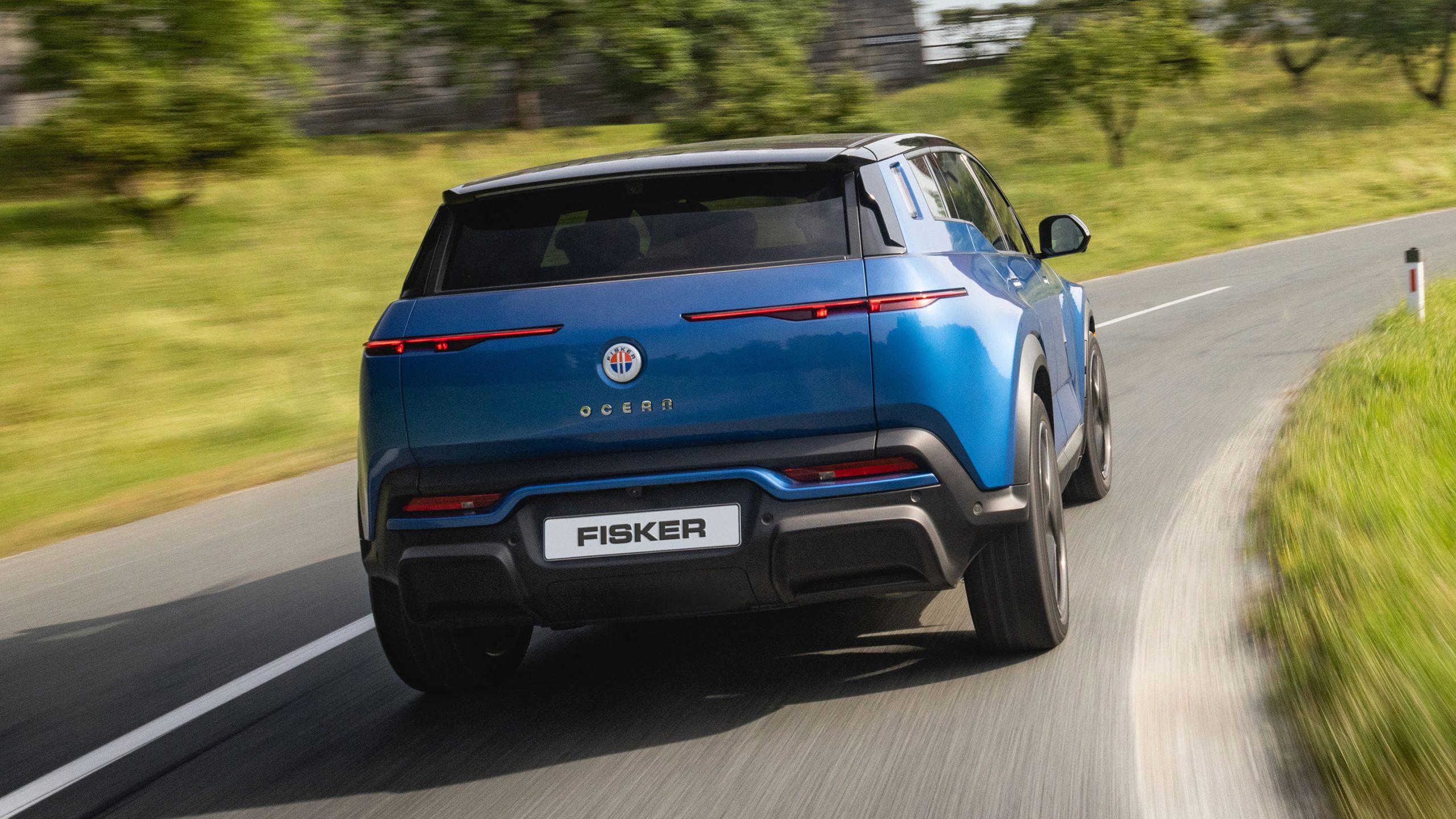Fisker Inc., an electric vehicle (EV) manufacturer, began delivering its Ocean SUV to U.S. customers on June 23, 2023. The initial batch comprised 22 units of the limited-edition Fisker Ocean One, marking a significant milestone for the company. These vehicles were expedited from the production facility in Graz, Austria, to Los Angeles, California, to meet customer demand.
The Fisker Ocean One and the Ocean Extreme models boast an Environmental Protection Agency (EPA) estimated range of 360 miles on standard 20-inch wheels, surpassing previous estimates and setting a new standard in their class. This impressive range positions the Ocean SUV as a competitive option in the growing EV market, appealing to consumers seeking both performance and efficiency.

Following the U.S. launch, Fisker expanded deliveries to Canada and the United Kingdom, with the first Ocean Sport model delivered in the UK. By December 2023, the company had produced 10,142 Fisker Oceans and delivered approximately 4,700 vehicles globally. This expansion reflects Fisker’s commitment to scaling operations and meeting the increasing demand for electric SUVs.
The Fisker Ocean features a full-length SolarSky roof, capable of generating up to 1,500 emissions-free miles per year under optimal conditions, enhancing its appeal to environmentally conscious consumers. Additionally, the vehicle’s interior utilizes sustainable materials, aligning with Fisker’s mission to produce eco-friendly vehicles.
Despite these advancements, Fisker faced financial challenges, leading to a bankruptcy filing on June 18, 2024. The company cited rapid cash burn and difficulties in delivering the Ocean SUVs in the U.S. and Europe as contributing factors. This development underscores the competitive and capital-intensive nature of the EV industry, where even innovative companies can encounter significant hurdles.

Fisker Inc.’s delivery of the Ocean SUV marked a pivotal achievement in its mission to provide sustainable electric vehicles. However, financial difficulties culminating in a bankruptcy filing highlight the challenges inherent in the evolving EV market. The company’s future will depend on its ability to go through these obstacles and continue delivering innovative products to consumers.

